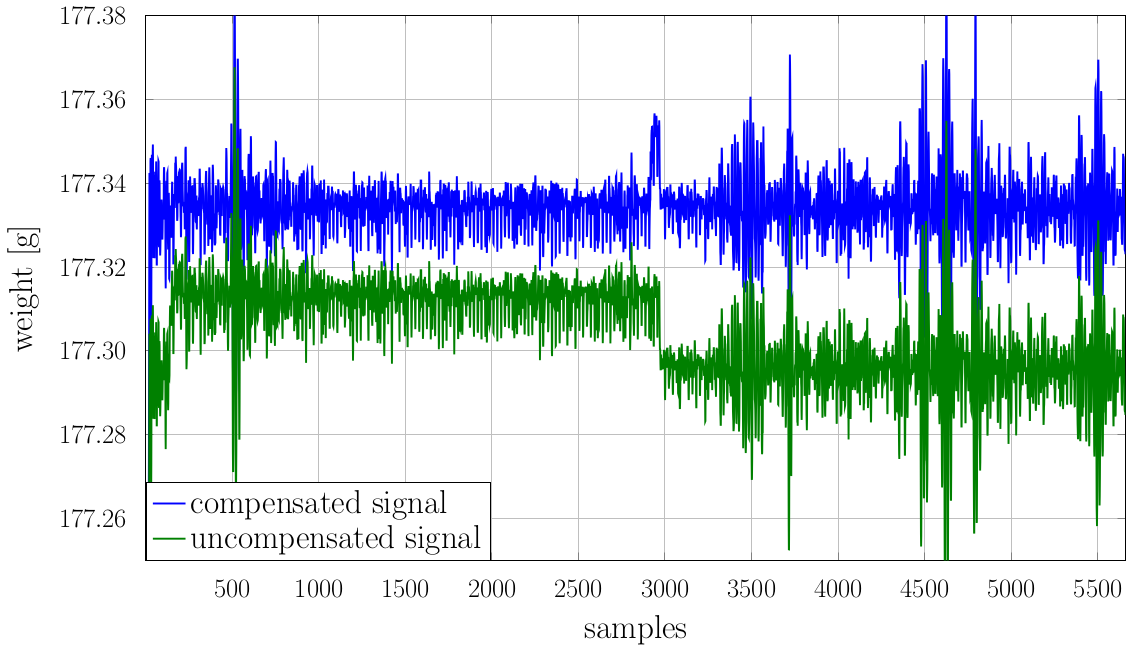
Adaptive Compensation of electromagnetic Forces
Keywords: Digital Signal Processing
Poster
Abstract
Introduction
Wireless power transfer technologies have gained a lot of popularity over the past years, mainly because of wireless charging systems for mobile devices. Qi (pronounced chee) is one of the most developed and known standards in this still very uncharted field of research. The main idea behind Qi is to transfer electrical energy without any physical contact, using resonant inductive coupling. Similar to charging an electric toothbrush, although a lot smarter and more complex. Companies all over the world implement Qi into their products, for example IKEA into their lamps, Lexus into their cars and mobile devices manufacturers into their phones and media players. The Institute of Communication Systems (ICOM) at the University of Applied Science Rapperswil (HSR) uses wireless power transfer systems to power many of their critical experiments. Depending on the power being transfered through the air, electromechanical forces occur between the transmitting and receiving coils. These physical forces can harm the experiments and falsify the results.
Objective
The goal of this research is to analyze the physical effects and to design experiments and corresponding measurement setups to identify the forces. In the end, approaches to eliminate or compensate these forces shall be proposed.
Results
A MATLAB controlled, fully automated measurement setup was designed and implemented. Over ten sensors, including temperature and relative humidity sensors, scan the behavior of the system during experiments. The measurement setup delivers repeatable data sets, very fast and without any assistance. It can easily be adapted to new experiments. The physical effects were analyzed theoretically and a mathematical model was elaborated. The measurement results revealed the forces between the transmitting and receiving coils according to the electrical power transmitted. These findings can now be used to design filters, which correct affected measurement data of critical experiments.